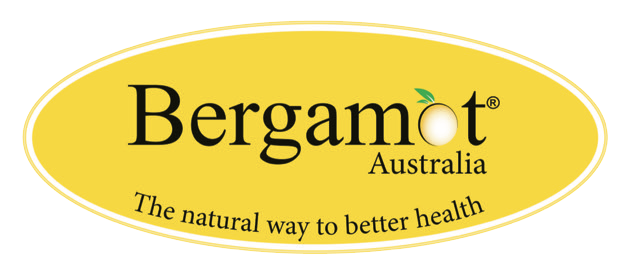Authors
Elzbieta Janda, Antonella Lascala, Concetta Martino, Salvatore Ragusa, Saverio Nucera, Ross Walker, Santo Gratteri, Vincenzo Mollace
Highlights
- Bergamot (Citrus bergamia) juice has a particularly high content and a unique composition of flavonoids.
- Flavonoids, in particular citrus flavonoids present in bergamot fruits, influence lipid and sugar metabolism at the molecular level.
- Finally, pleiotropic and possible synergistic effects may account for enhanced nutraceutical effects of natural flavonoid mixtures, such as BPF as compared to purified flavonoids.
Abstract
Bergamot (Citrus bergamia Risso et Poiteau) juice has a particularly high content and a unique composition of flavonoids. Neoeriocitrin, neohesperidin, naringin, melitidin and brutieridin represent more than 95% of Bergamot Polyphenol Fraction (BPF), while rhoifolin, diosmin, poncirin and others can be found in the remaining 5%. The brilliant performance of BPF in clinical practice against as a treatment for hyperlipidemia and moderate hyperglycemia in metabolic syndrome, awaits a plausible mechanistic explanation. Considering the overwhelming scientific evidence, it is likely that flavonoid components of BPF are responsible for majority of pharmacological effects. Here, we will review the scientific evidence showing that flavonoids, in particular citrus flavonoids present in bergamot fruits, influence lipid and sugar metabolism at the molecular level. Anti-diabetic and dyslipidemia-correcting effects of bergamot polyphenols may be explained by their ability to activate AMP kinase (AMPK), which is a central regulator of glucose and fatty acids metabolism and inhibit cAMP phosphodiesterases (PDE), involved in regulation of lipolysis in adipocytes and liver. Importantly, certain polyphenols can act as 3-hydroxy-3-methlglutaryl coenzyme A (HMG-CoA) reductase inhibitors, thereby mimicking statins action. In addition, flavonoids bind and act as natural inhibitors of quinone oxidoreductase 2 (QR2/NQO2) and other enzymes with potential roles in metabolic regulation. Finally, pleiotropic and possible synergistic effects may account for enhanced nutraceutical effects of natural flavonoid mixtures, such as BPF as compared to purified flavonoids.
Conclusion
Citrus and bergamot polyphenols, in particular, may exert numerous effects on cellular and organism homeostasis, including the regulation of fat, cholesterol and carbohydrate metabolism. Given the fact, that pharmacological effects of nutraceutical preparations based on bergamot flavonoids appear to be comparable to low-dose synthetic drugs, while side-effects are negligible, they represent a valid alternative for conventional drugs. In fact, bergamot BPF has a potential to become a “one pill” natural therapy against metabolic syndrome and dyslipidemias. However, up to date there is limited scientific evidence on how bergamot polyphenols can act at the molecular level. As summarized in Fig. 6, bergamot polyphenols can exert their beneficial effects through AMPK activation or HMG-Co reductase, PDE and QR2 inhibition or by other unknown signaling or metabolic regulatory proteins and downstream pathways.
Summary of possible molecular mechanisms which are likely triggered by bergamot polyphenols and are discussed in this review.
In this context, the strongest evidence is for AMPK activation by certain flavonoids, including naringin and rutin, but it is not clear what is the molecular mechanism of this activation, since flavonoids do not bind directly to AMPK. However, with the exception of naringin, and few reports on rutin effects, other individual polyphenols present in bergamot have not been studied thoroughly. This is mainly because the majority of flavonoids present in bergamot are relatively rare. Structure-activity relationship studies performed with other polyphenolic compounds offer many predictions to explain the mechanism of action of bergamot flavonoids, but as long as they are not tested empirically, they remain as scientific hypotheses. In addition, as many reports suggest, the pharmacological and molecular effects of a “fitocomplex” or a mixture of active compounds as they occur in natural plants, may be quite different then the sum of individual activities, due to compensatory or synergistic effects of the mixture.
Thus, it appears clear that bergamot polyphenols and BPF itself should be tested in established model systems in vitro and in vivo to gain insights into the mechanisms of their action. Therefore, beside the need for further testing of BPF in multicentered double-blind clinical trials, a translational study addressing possible mechanisms of action of BPF is required.
Conflict of interest
The authors declare no conflict of interest.
Article Source: https://www.sciencedirect.com/science/article/pii/S2213434415300220
